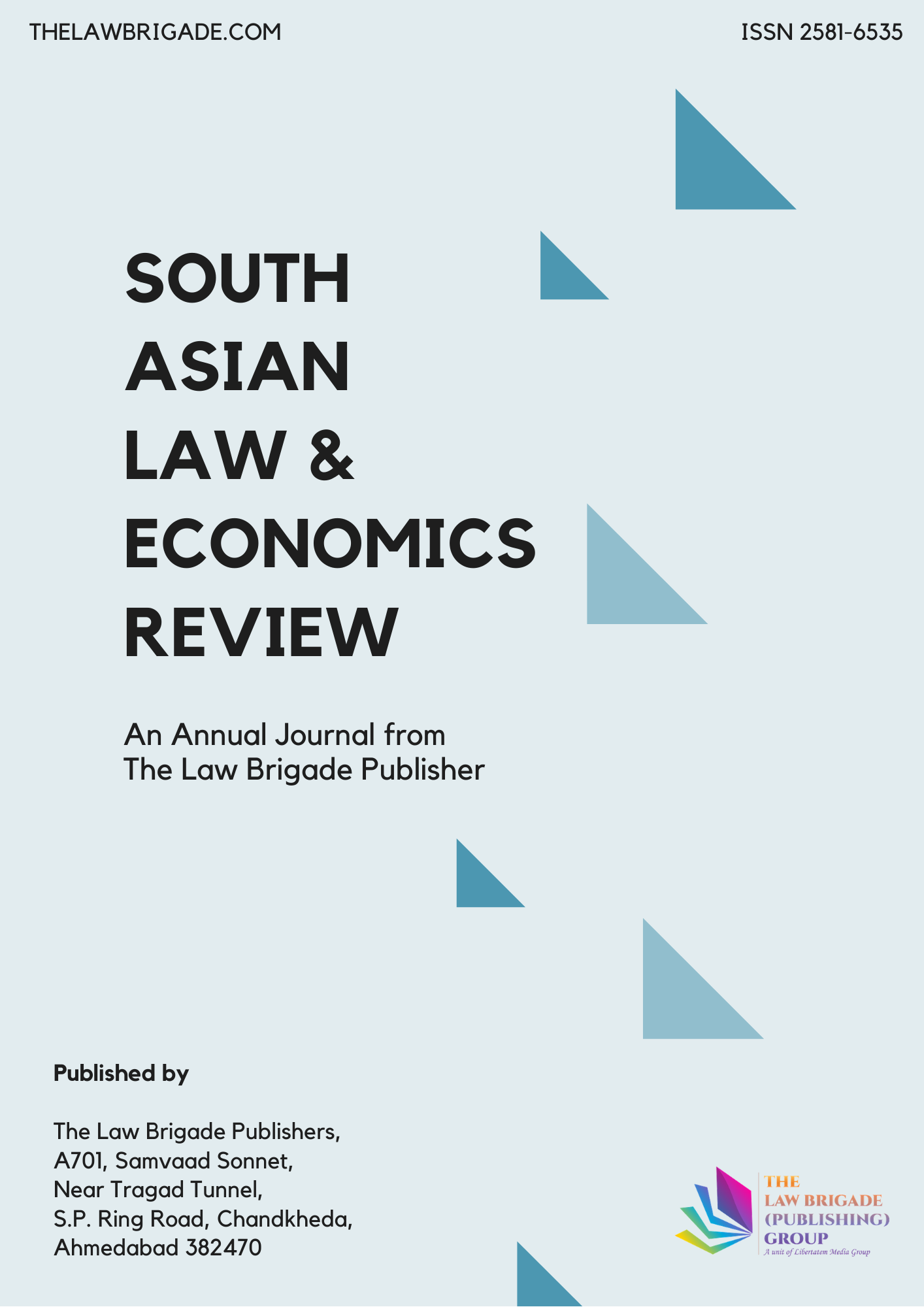A relatively recent idea in the Indian legal system is the virtual court. Mostly as a result of the difficulties brought on by the continuing epidemic, it gained attention. The Delhi High Court and the Supreme Court of India were the first to hold virtual hearings for cases in an effort to end the pandemic-related delays in the legal system. After the Parliamentary Standing Committee on Personnel, Public Gripes, Law and Justice stated in its report dated September 11, 2020 that Virtual Courts should continue even after the pandemic is over, it raised many concerns in the minds of litigants as well as the general population of this nation.
This essay examines the system of virtual courts that has recently been implemented as a result of the COVID-19 outbreak. The author has specifically attempted to explain the recent changes made to the nation’s judicial system. The directions issued by the Supreme Court, as well as the adjustments and innovations adopted by individual courts in reaction to the epidemic, have all been studied by the author. It focuses on the difficulties that the courts are now experiencing as a result of the movement in work culture towards the virtual format.
These difficulties include making the technology used in virtual courts accessible to the judges, litigants, interested parties, and other parties concerned. In order to assist us better comprehend the concerns highlighted, the document also makes reference to a few past Supreme Court rulings and precedents. Also, some information is provided on the current state of the virtual court system globally and the likelihood that it will remain in use in the future. The study concludes with a brief conclusion and a few suggestions that, if implemented, may strengthen and improve the system of virtual courts.





